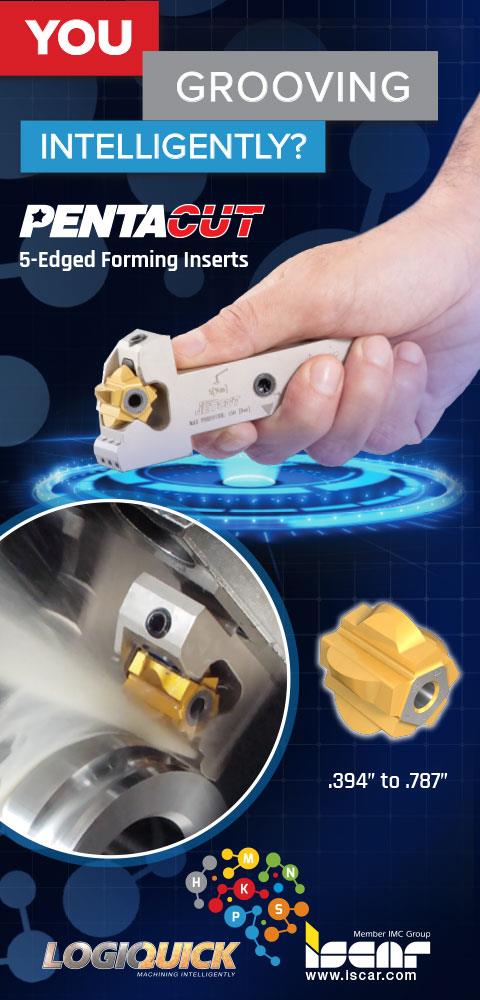








Preventative Maintenance of Retention Knobs Pays Big Dividends
October 1, 2025
Retention knobs, also known as pull studs or pull bolts, are a critical (though often overlooked) connection between a machine's spindle and the toolholder. They are subject to high forces and fatigue, making routine inspection and replacement essential to prevent catastrophic failure. Replacing them preventively based on usage will help avoid spindle damage and other costly failures. For safety and optimal performance, regularly inspect, clean and properly torque the retention knobs during installation.
Before each use, check the retention knob for dimples, grooves or cracks, especially on the underside of the head where the drawbar grippers make contact. An accumulation of grease, oil or debris can cause fretting on the toolholder taper, which leads to poor seating in the spindle. Ball or gripper marks on the retention knob head are another red flag. If any of these signs are present, replace the retention knob.
Retention knobs with through-spindle coolant should be regularly inspected for O-ring wear, swelling or cracking-those showing wear should be replaced. Lubricating them with petroleum jelly, such as Vaseline, will help seal any leaks.
Proper installation is as critical as daily inspections. Clean the inside of the toolholder and spindle; apply a small amount of Loctite 242 thread locker to the knob's threads; and carefully thread the knob into the toolholder by hand to ensure proper alignment. Use a torque wrench with a retention knob socket and tighten the knob to the manufacturer's specified torque value. Overtightening can damage the toolholder by causing it to swell, leading to vibration and potential damage. Overtightening can also cause fatigue and breakage of the retention knob. Once installed, log the data from the retention knob, typically laser-etched onto the knob, along with the date of installation and the toolholder tracking number, in the logbook. When in doubt, contact the retention knob manufacturer who should be ready to assist.
Authored by T.J. Davies Co., Inc.
For more information contact:
T.J. Davies Co., Inc.
11823 Ohio Route 44
Mantua, OH 44255
440-248-5510
sales@tjdavies.com
www.tjdavies.com
< back